If you’re new to thoroughbred horse investment, you’re probably overwhelmed with advice from every corner. While there’s plenty of information out there, much of it can be contradictory or overly complicated.
Let’s cut through the noise and focus on three essential aspects that every beginner should master: knowing the best time to buy or sell, understanding how breeding cycles impact horse value, and recognizing why certain sires and dams suddenly become popular.
By the end of this guide, you’ll be equipped to make smarter, more confident decisions in the thoroughbred market.

Best Time to Buy or Sell a Racehorse
Timing is everything in horse investment. Knowing when to buy or sell can mean the difference between a profitable venture and a costly mistake.
The key is understanding the relationship between a horse’s birth date and its development. Horses born earlier in the year tend to be more mature by the time sales season rolls around, making them more appealing to buyers.
So, what does this mean for you? If you’re looking to buy, aim for horses that are well into their yearling stage, particularly those born in the first quarter of the year.
These horses are typically more developed, giving you a clearer picture of their potential.
If you’re selling, consider timing your sale after the horse has shown strong early development but before they turn two. This is when buyer interest is often at its peak.
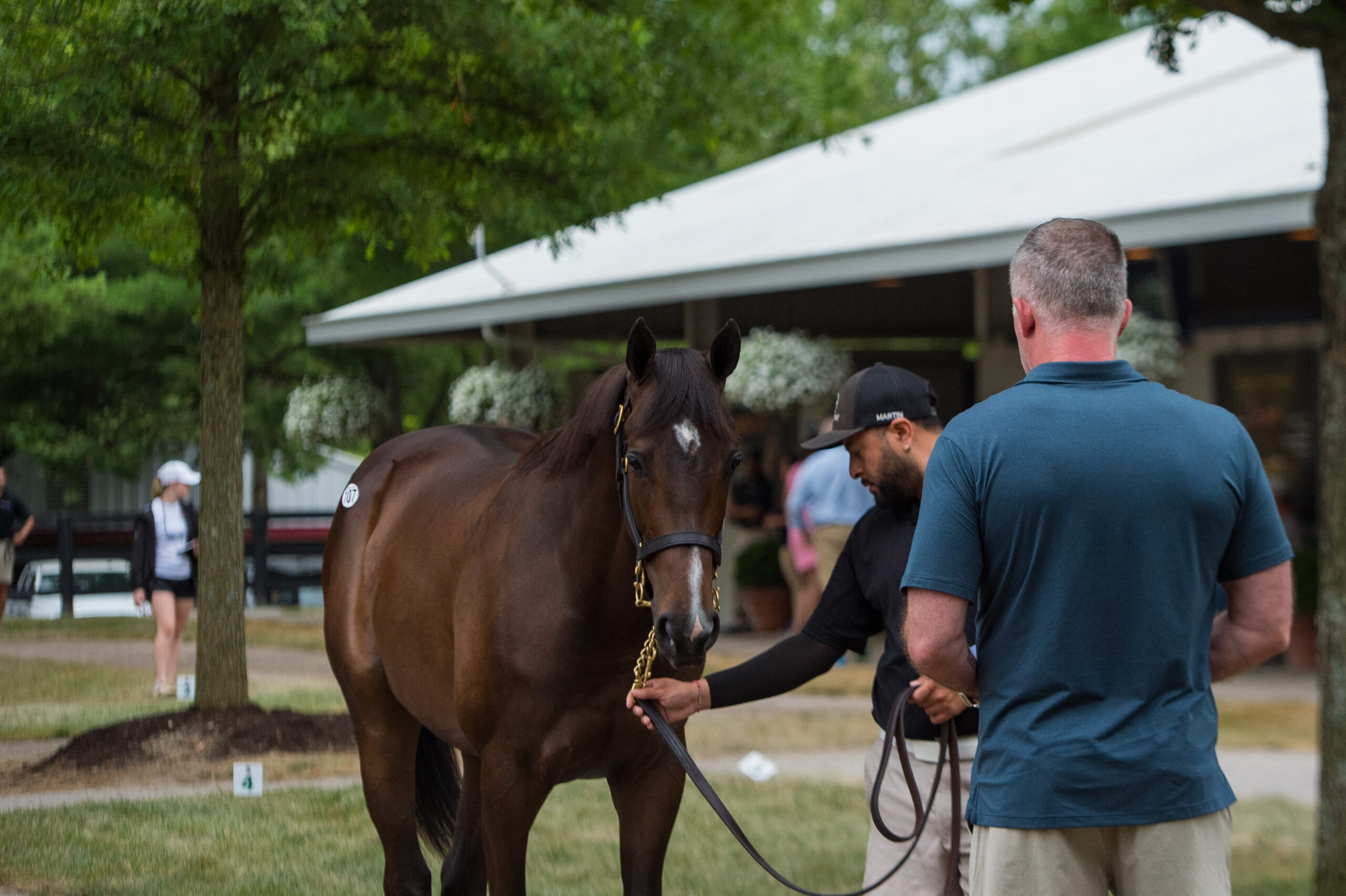
Impact of Breeding Cycles on Horse Value
Breeding cycles are another crucial factor that can significantly impact the value of a horse. The value of offspring can skyrocket if their sire or dam has had a successful racing season.
This trend is driven by the belief that winning bloodlines produce winning horses, which isn’t entirely off the mark. However, it’s important to watch how these trends shift over time.
For example, a sire that dominated the racing scene this year may lead to a surge in the value of his offspring. But remember, the market is fickle.
If the next season doesn’t go as well, that same sire’s popularity—and thus the value of his offspring—could plummet. To stay ahead, regularly monitor racing results and breeding news.
If you see a consistent pattern of success, that’s your cue to either buy into the bloodline or sell at a premium.
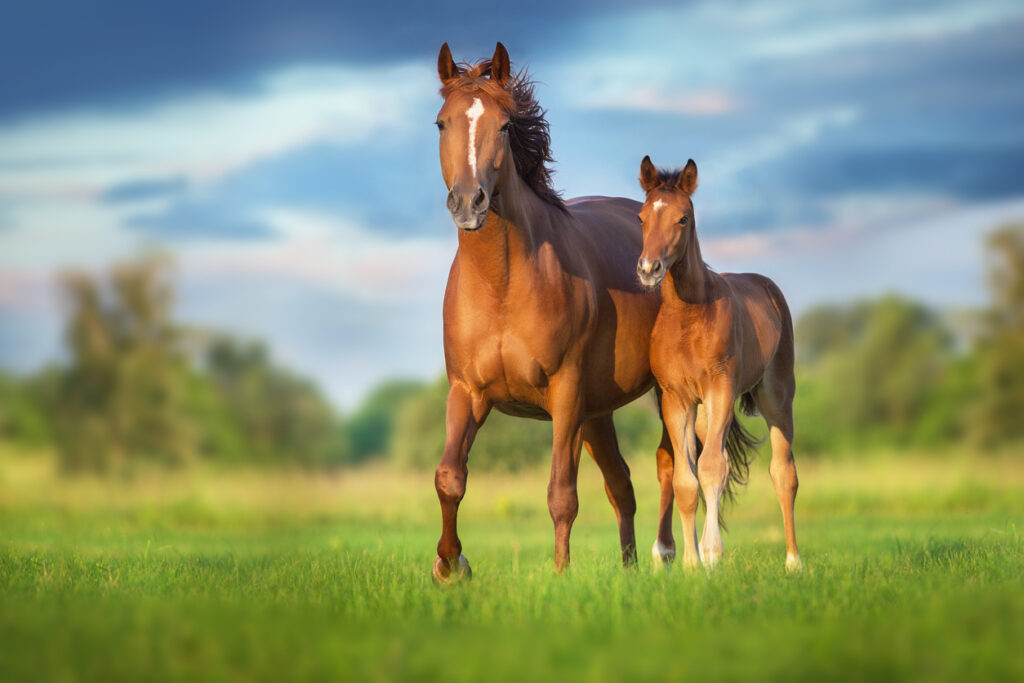
Popularity of Sires and Dams
Ever wonder why certain sires and dams suddenly become the talk of the town? It all boils down to their offspring’s performance on the track.
When a stallion’s or mare’s progeny starts winning big races, the market reacts—sometimes quite dramatically. This spike in popularity can drive up prices for future offspring, creating a lucrative opportunity for those who own mares in foal to these sires or those who already have a foal on the ground.
Here’s what to do next: Keep an eye on race results and track the performance of progeny from various sires and dams. If you notice a particular bloodline consistently performing well, consider investing in that line early before prices surge.
Conversely, if you’re selling, this is the time to strike while the iron is hot—capitalize on the heightened demand.

Understanding the Bigger Picture: Market Trends
Beyond the specifics of timing, breeding, and popularity, it’s essential to grasp the broader market trends. The thoroughbred market is influenced by a multitude of factors, including economic conditions, changes in racing regulations, and even shifts in public interest in the sport.
For instance, during economic downturns, the market may contract, leading to lower prices across the board. Conversely, when the economy is booming, demand—and prices—can soar.
To navigate these trends, stay informed by following industry news, attending major sales, and networking with experienced investors. This broader awareness will help you anticipate shifts in the market and adjust your strategies accordingly, ensuring that you’re always one step ahead.

Practical Steps for Beginners
Now that you have a foundational understanding of these key factors, it’s time to put this knowledge into action. Here are three steps to get started:
- Track Birth Dates: When considering a purchase, note the horse’s exact birth date. Prioritize those born early in the year for better maturity and development.
- Monitor Sire and Dam Performance: Regularly check racing results and breeding reports. Keep a list of successful bloodlines and watch for patterns of success before making a purchase.
- Stay Informed: Subscribe to industry publications, attend webinars, and join online forums where market trends are discussed. The more informed you are, the better decisions you’ll make.

Conclusion: Turning Horse Knowledge into Profit
Investing in thoroughbreds isn’t just about luck—it’s about making informed decisions based on a clear understanding of timing, breeding cycles, and market trends. By mastering these three areas, you’ll be well on your way to becoming a savvy investor in the thoroughbred industry.
Remember, the key to success is staying informed and acting quickly when opportunities arise. So, track those birth dates, monitor those bloodlines, and always keep an eye on the bigger picture.
Your first big win as a thoroughbred investor could be just around the corner.
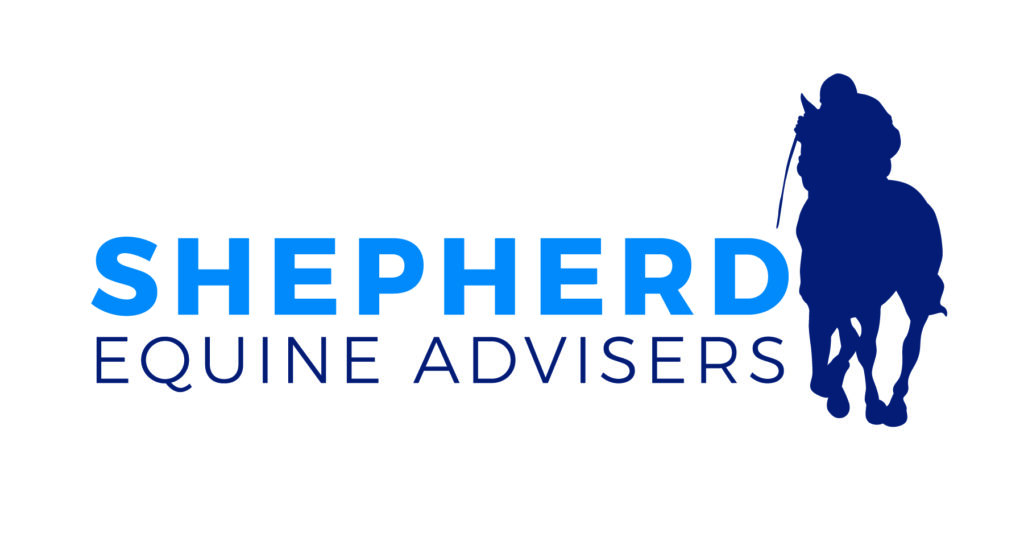
Discover the essentials of thoroughbred investing in just 5 days!
This email course covers breeding basics, smart buying strategies & industry best practices.
Gain the knowledge & confidence to make informed decisions.
Sign up now & start today!
The Thoroughbred Investor’s Crash Course (thoroughbredinvestorguide.com)
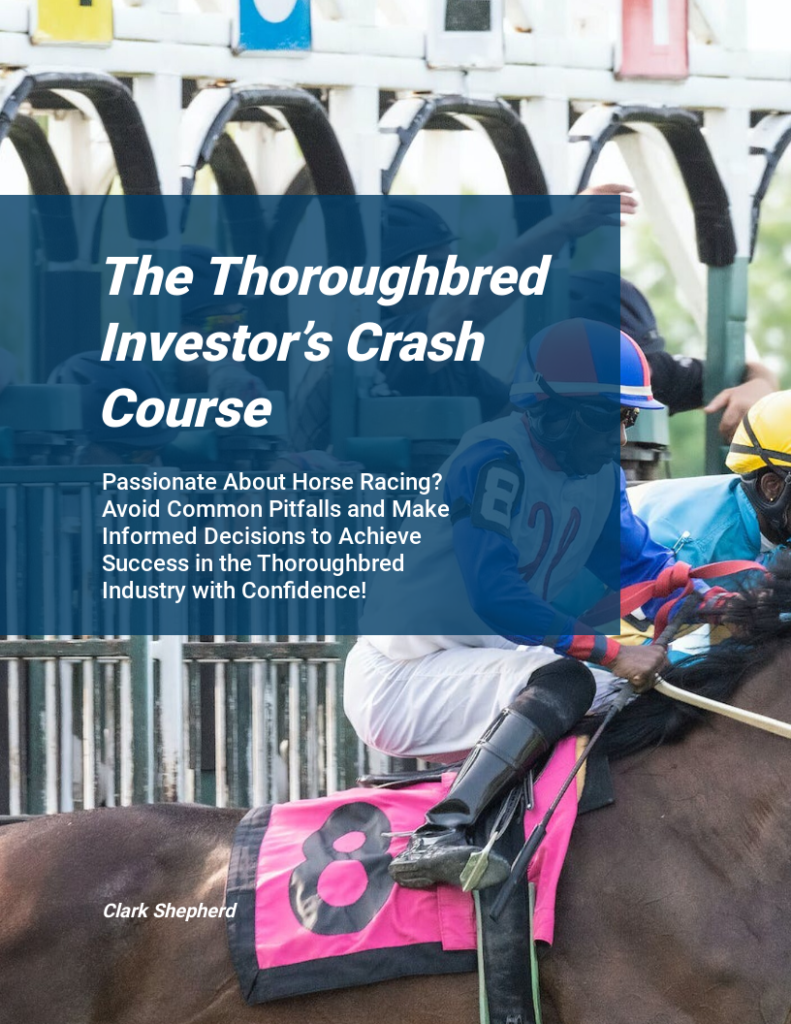
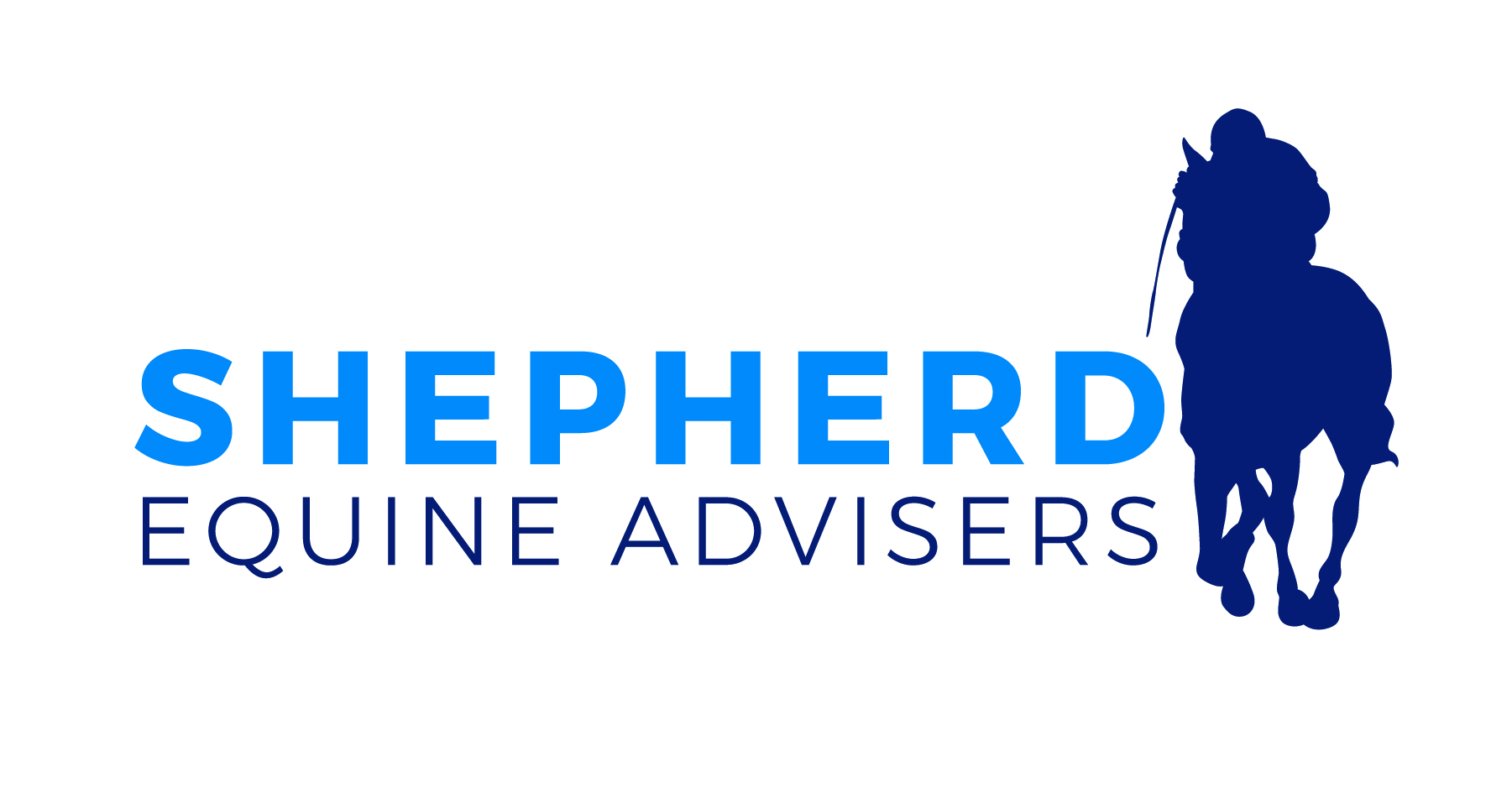
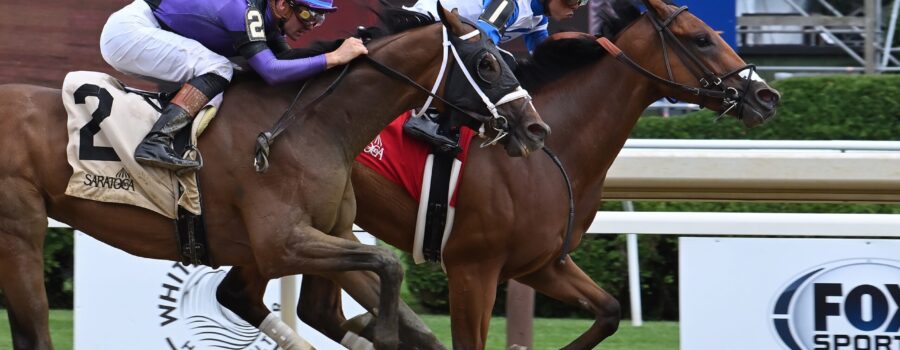


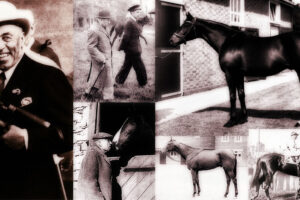

Recent Comments